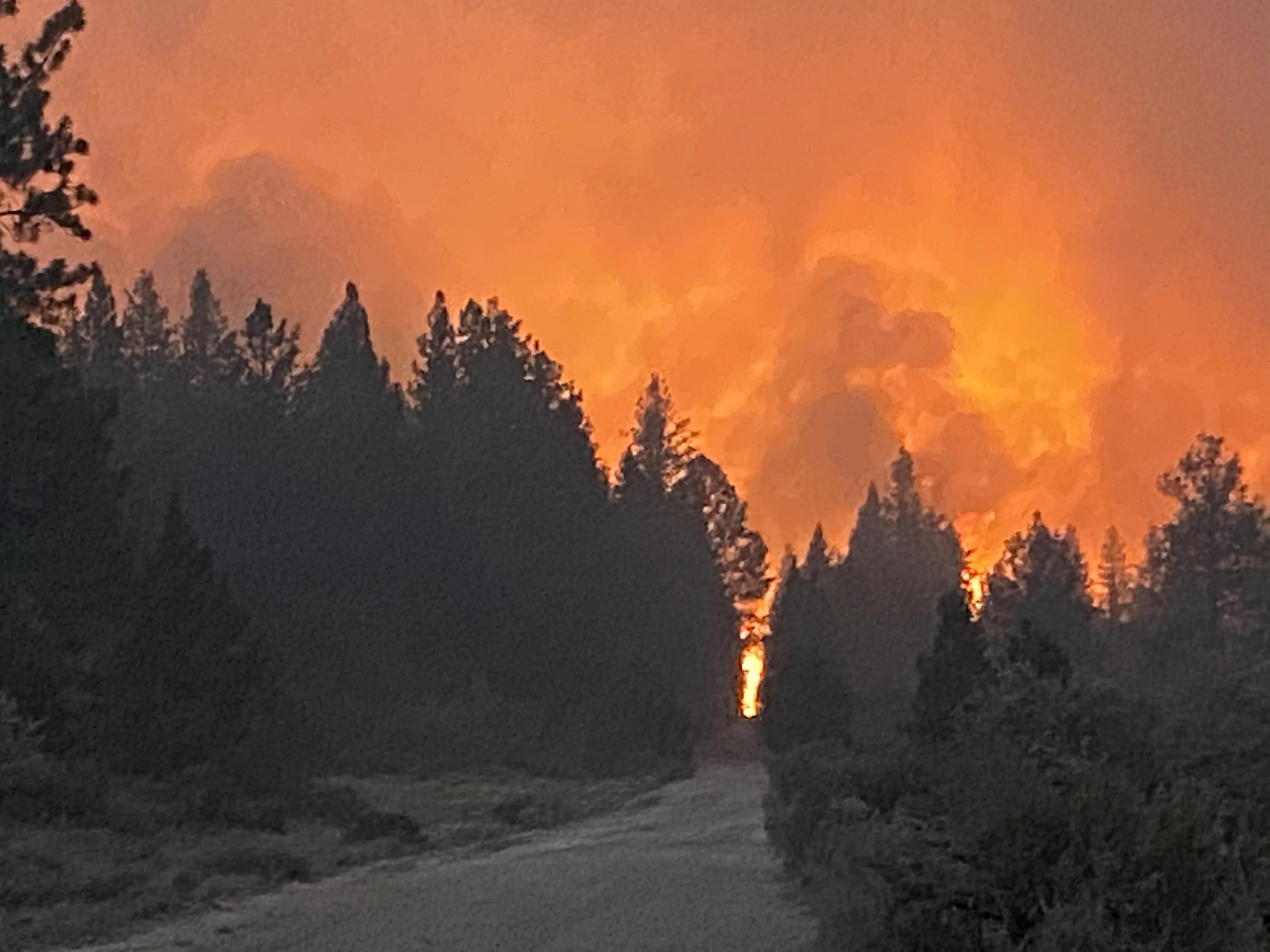Anvil Fire Oregon has become a significant event in recent years, drawing attention from both local residents and environmentalists. This wildfire has not only impacted the natural landscape but also the communities surrounding it. In this article, we will explore the details surrounding the Anvil Fire, its causes, effects, and the response from various agencies. By understanding the intricate dynamics of this wildfire, we can better appreciate the importance of fire management and prevention strategies.
This article will delve into various aspects of the Anvil Fire, including its origins, the response from firefighting agencies, and the long-term effects on the environment. By the end, readers will have a clearer understanding of the wildfire's significance and what steps can be taken to mitigate future risks. Let's dive deeper into this critical topic.
Table of Contents
1. Anvil Fire Overview
The Anvil Fire erupted in the summer of [insert year], primarily affecting the regions of [insert specific areas affected]. This wildfire quickly escalated due to a combination of dry conditions and strong winds, leading to its rapid spread. The fire ultimately consumed thousands of acres of land, prompting emergency declarations and significant firefighting efforts.
2. Causes of Anvil Fire
Several factors contributed to the outbreak of the Anvil Fire, including:
- Climate Change: Increasing temperatures and prolonged drought conditions have made forests more susceptible to wildfires.
- Human Activity: Many wildfires are ignited by human actions, whether intentional or accidental.
- Natural Causes: Lightning strikes are a common natural cause of wildfires, particularly in forested areas.
3. Impact on Ecosystem
The Anvil Fire had a profound impact on the local ecosystem, including:
- Destruction of Habitat: Many species lost their habitats due to the fire, affecting biodiversity.
- Soil Erosion: The loss of vegetation can lead to increased soil erosion, affecting water quality in nearby streams.
- Air Quality: Smoke from wildfires can significantly reduce air quality, posing health risks to nearby populations.
4. Community Response
The response from the local community was crucial in mitigating the effects of the Anvil Fire. Many residents volunteered to assist with evacuation efforts and provide aid to those affected. Community organizations also played a vital role in offering support and resources for recovery.
5. Firefighting Agencies Involved
Numerous firefighting agencies were involved in combating the Anvil Fire, including:
- U.S. Forest Service: This agency led the initial response, deploying firefighters and resources to contain the blaze.
- Local Fire Departments: Local firefighters joined efforts to protect communities and evacuate residents.
- National Guard: In some cases, the National Guard is called to assist with firefighting efforts, providing additional manpower and equipment.
6. Long-Term Effects of the Anvil Fire
The long-term effects of the Anvil Fire are still being assessed, but some potential consequences include:
- Regeneration of Forests: While wildfires can be destructive, they can also stimulate new growth in some ecosystems.
- Changes in Wildlife Populations: Some species may thrive post-fire, while others may struggle to adapt to the changed environment.
- Increased Fire Risk: The aftermath of the fire can lead to an increased risk of future wildfires due to the accumulation of dry vegetation.
7. Lessons Learned from Anvil Fire
The Anvil Fire has taught valuable lessons about wildfire management, including:
- Importance of Preparedness: Communities must be prepared for wildfires through education and resources.
- Collaboration Between Agencies: Effective communication and cooperation among firefighting agencies can improve response times.
- Need for Sustainable Practices: Implementing sustainable land management practices can reduce the risk of future wildfires.
8. Future Prevention Strategies
To mitigate the risk of future wildfires like the Anvil Fire, several strategies can be employed:
- Controlled Burns: Conducting controlled burns can help reduce the accumulation of dry vegetation.
- Community Engagement: Engaging communities in fire prevention efforts can lead to more effective outcomes.
- Education and Awareness: Raising awareness about fire safety and prevention can help reduce human-caused wildfires.
Conclusion
The Anvil Fire in Oregon serves as a stark reminder of the challenges posed by wildfires in an era of climate change. Understanding its causes, impacts, and the response from communities and agencies is essential for future prevention efforts. As we move forward, it is crucial to implement effective strategies to mitigate the risks of wildfires and protect both our ecosystems and communities.
We encourage readers to share their thoughts in the comments section below, and to explore more articles on wildfire management and prevention on our site.
Penutup
Thank you for reading our detailed exploration of the Anvil Fire in Oregon. We hope you found this article informative and insightful. Please return to our site for more articles on environmental issues and wildfire management.
Article Recommendations



ncG1vNJzZmilqZu8rbXAZ5qopV%2BcrrOwxKdpaJmeq7atecWiqZ5ln6eyqLvNZ5%2BtpZw%3D